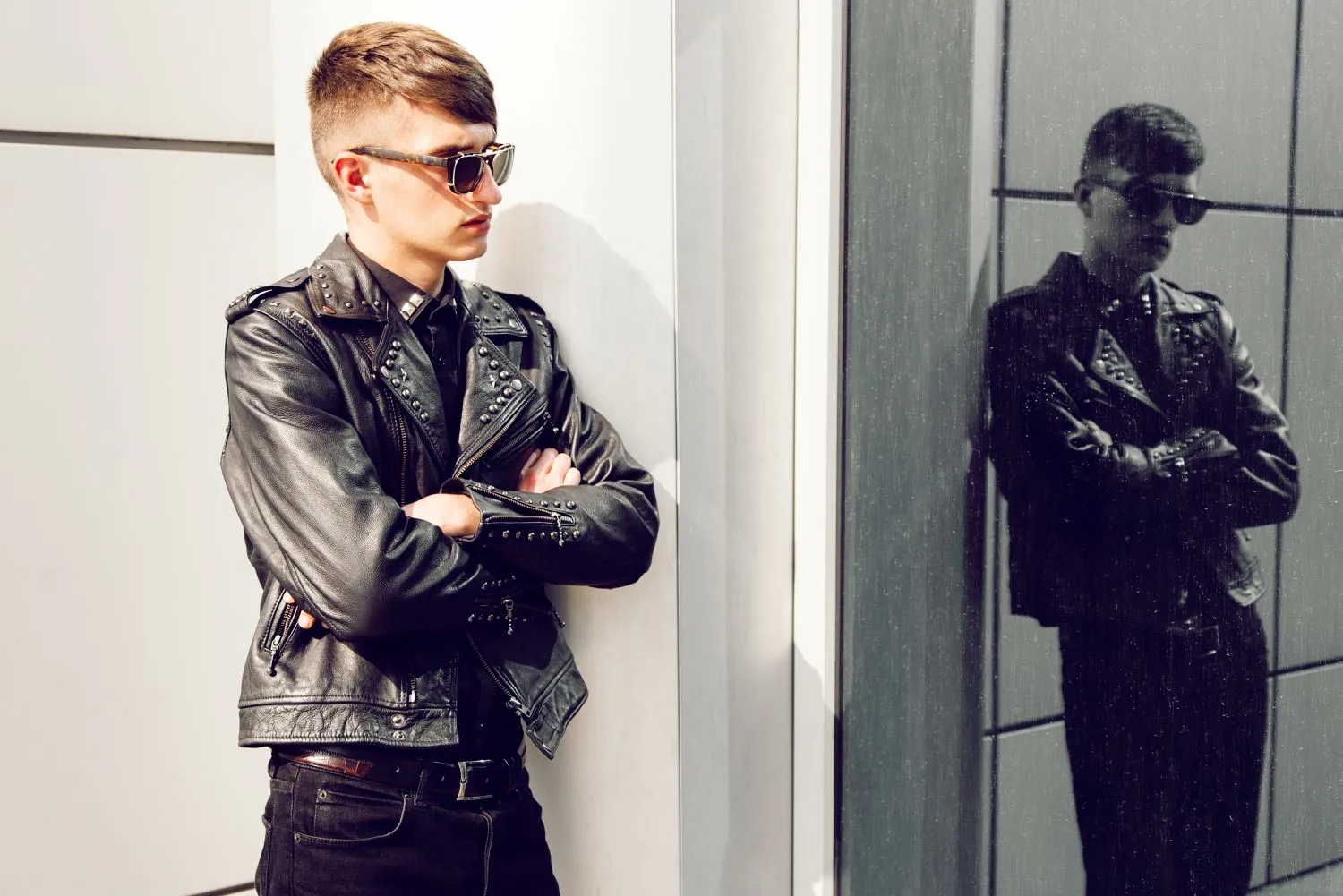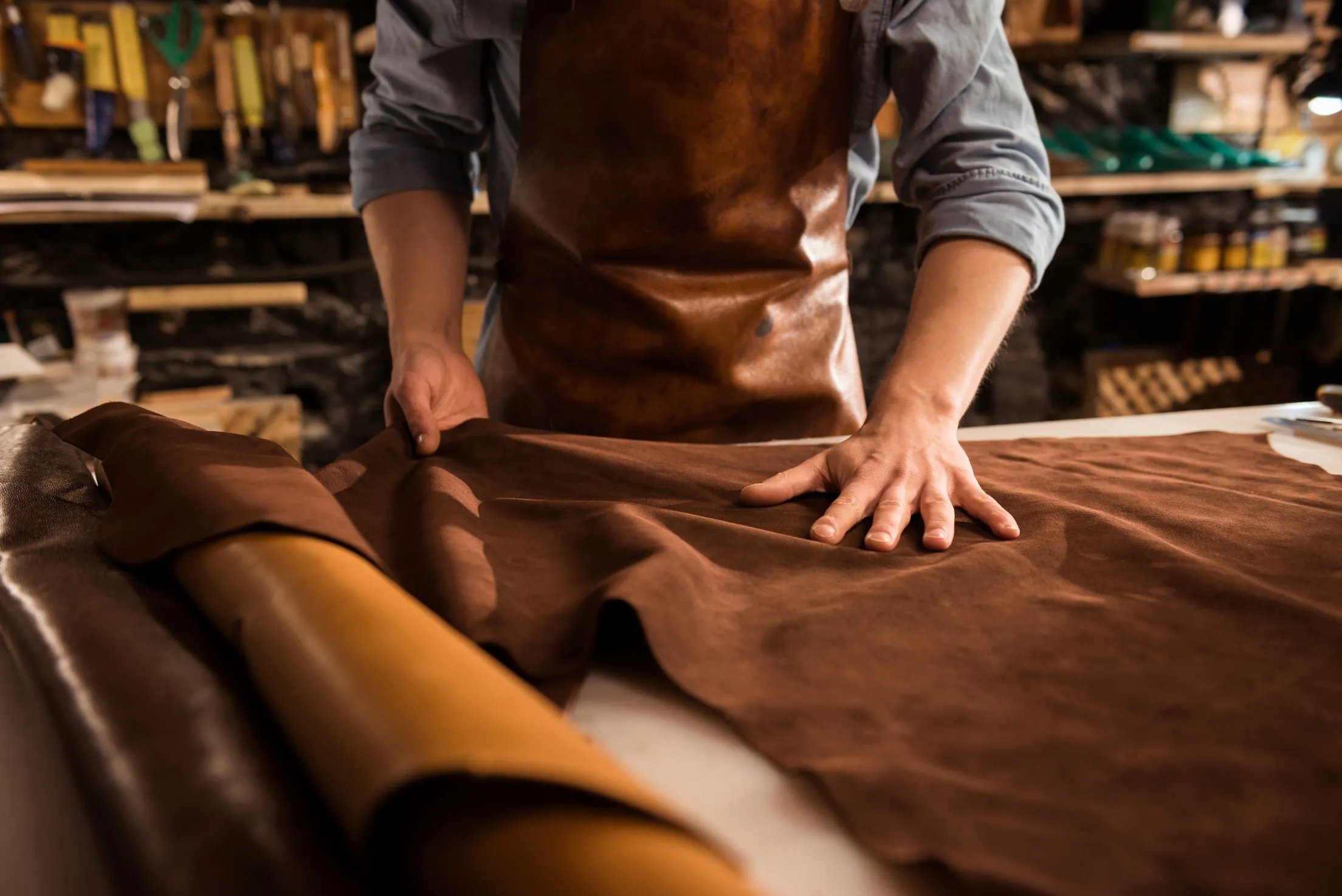Leather is a popular material in fashion. It’s used in jackets, shoes, and bags. But making leather can harm the environment. Traditional leather production uses a lot of water and chemicals. This can pollute rivers and soil. Additionally, studies of leather tannery workers in Sweden and Italy found cancer risks between 20% and 50%, highlighting the health hazards associated with leather production.
Now, companies are finding eco-friendly ways to make leather. Some use plants like mushrooms, pineapples, and apples to create vegan leather. Others use lab-grown leather. Designers are making stylish items with these new materials, proving fashion can be beautiful and sustainable.
In this article, we’ll read about how these innovations are changing the leather industry.
Leather’s Future: Advancements in Sustainability and Design
In the future, we will see more of these innovations. The goal is to make leather that looks good and is good for the Earth. This is the future of leather in the fashion industry.
Sustainable Materials
The fashion industry is embracing sustainable materials to make leather. Traditional leather production often harms the environment, so companies are exploring some alternatives. This shift towards sustainable materials is paving the way for a greener future in fashion.
Lab-Grown Leather
- Created in labs without using animals.
- Leather cells are grown in a controlled environment.
- Uses fewer resources and reduces waste and pollution.
- Looks and feels like real leather, customizable for unique designs.
Plant-Based Leather
- Made from plants like mushrooms, pineapples, and apples.
- Biodegradable and renewable, it doesn’t harm animals or the environment.
- Offers various textures and colours, including strong and flexible mushroom leather and lightweight and durable pineapple leather.
Recycled Leather
- Made from scraps and offcuts collected from the leather industry.
- Reduces waste and the need for new raw materials.
- Gives a second life to discarded leather, equally stylish and durable as new leather.
Mycelium Leather
- Made from the root structure of mushrooms.
- Strong, flexible, and produced in a low-impact environment.
- Biodegradable, minimising environmental impact, and offering unique textures for fashionable jackets.
Cork Leather
- Made from the bark of cork oak trees, it is a renewable resource.
- Lightweight, waterproof, and durable, with a unique texture.
- Ideal for creating stylish and eco-friendly leather jackets promoting sustainable fashion practices.
Promoting a Greener Future
- These innovative materials help reduce the environmental impact of leather production.
- They contribute to a greener future by promoting sustainability and eco-conscious fashion practices.
Eco-Friendly Process
The leather industry is making great strides in reducing its environmental impact. New methods focus on saving water and using fewer chemicals. These advancements help protect the planet while still producing high-quality leather.
Water Conservation
- Traditional leather production consumes excessive water, leading to shortages and pollution.
- New methods focus on water-saving techniques, including closed-loop systems and waterless tanning.
- Closed-loop systems recycle water during production, while waterless tanning greatly reduces water usage.
- Water conservation efforts aim to protect this precious resource and mitigate environmental impact.
Reduced Chemical Use
- Chemicals in leather production harm the environment, causing pollution in rivers and soil.
- New methods prioritise the use of fewer and safer chemicals, such as vegetable tanning with natural materials.
- Some companies are developing non-toxic tanning agents to further reduce chemical pollution.
- These changes in chemical use make leather production safer and more environmentally friendly.
Energy Efficiency
- Eco-friendly leather production involves using solar power and energy-efficient machinery.
- Recycling water helps reduce waste and minimise environmental impact.
- Safer chemicals and processes contribute to cutting pollution during production.
- These energy-efficient practices improve leather production’s environmental footprint while promoting sustainability.
Design Innovation

Designers are at the forefront of incorporating sustainable leather into cutting-edge fashion, pushing the boundaries of style and ethics.
Sustainable Leather in High Fashion
- Designers use sustainable leather to create luxurious and stylish pieces in high fashion.
- They experiment with innovative techniques to transform eco-friendly materials into haute couture masterpieces.
Ethical Fashion Statements
- Fashion designers prioritise ethics by choosing sustainable leather for their designs.
- They promote environmentally conscious practices while delivering high-fashion looks.
Collaborations with Eco-Friendly Brands
- Designers collaborate with eco-friendly brands to create sustainable leather collections.
- These partnerships blend creativity and sustainability, resulting in fashion-forward designs appealing to environmentally conscious consumers.
Pushing the Boundaries of Style
- Designers incorporate sustainable leather into their collections, pushing style boundaries.
- They experiment with textures, colours, and silhouettes to create innovative pieces that redefine fashion norms.
Leading the Sustainable Fashion Movement
- Designers embracing sustainable leather lead the sustainable fashion movement.
- Their commitment to ethical practices and innovative design inspires industry change and sets new standards for fashion’s future.
Consumer Impact
Consumers play a crucial role in shaping the demand for sustainable leather products by making conscious purchasing decisions and advocating for ethical fashion practices.
Growing Awareness
- Consumers are increasingly aware of the environmental and ethical impacts of their purchases.
- They seek sustainable alternatives and support brands prioritising eco-friendly practices, including sustainable leather.
Demand for Transparency
- Consumers demand transparency from brands about their sourcing and production processes.
- They want to know where products come from and how they are made, encouraging brands to adopt sustainable practices.
Influence on Industry Practices
- Consumer demand for sustainable leather drives brands to incorporate eco-friendly materials and practices.
- Consumer preferences push the industry towards more sustainable and ethical standards.
Advocacy for Change
- Consumers advocate for sustainability in the fashion industry, supporting sustainable initiatives.
- They hold brands accountable for their environmental and social impact through activism and conscious consumption.
Conclusion
The future of leather innovations in sustainability and design looks bright for fashion. Designers are using eco-friendly materials and ethical practices to create stylish looks with a focus on environmental care.
Collaborations between designers and eco-friendly brands are producing trendy collections that eco-conscious consumers love. As awareness grows, more people are demanding sustainable leather products, pushing the industry towards transparency and responsibility.
This shift towards sustainability benefits both the planet and fashion, offering exciting opportunities for creativity and innovation. With optimism, we see a fashion industry where sustainability and innovation redefine leather, leading to a more ethical and eco-friendly approach to fashion.













